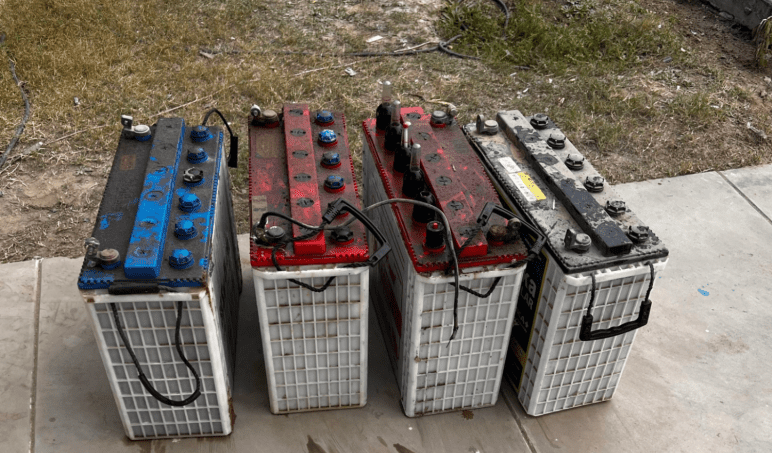The Lithium Battery Technology is going to change the Battery Storage Solutions

The Latest Lithium battery Technology is going to change the paradigm of storage solutions in the long run as today people are using different type of Lead Acid batteries for storage which is SMF, Tubular or Gel based tubular or SMF technologies which have lit of challenges and limitations.
The first limitation is cycle life as Lead Acid based battery cannot match the Cycle life of a Lithium battery in literal terms, the Lead Acid battery life is defined by various parameters, and one of them is refilling of battery water which is a big challenge for the user as they are not able to fill the water in time and what kind of water they are supposed to fill is another challenge as they fill with any RO water or normal water which destroys even the normal cycle life. The Gel battery has the challenge of higher temperatures, so the performance goes down if the temperature is higher than a certain defined value.

Whereas Lithium battery is a very stable technology that has been proven for almost 2 decades now, specially LifePO4 which is a very well-accepted technology and the cycle life varies on the good BMS, which regulates proper charging and discharging so that battery is minimal heating inside than we can get anywhere between 1500 to 4000 cycles whereas the Lead Acid is not able to perform more than 400-500 cycles. So clear edge in terms of cycle life.
Another important factor is capacity at different discharge levels. So Lead Acid batteries are generally designed at C20 design, which means you can discharge 5% of the battery, then only you will get rated capacity only. This is also not available as the process of making Lead Acid is very crude, and consistent power is a challenge. If you discharge at the 50% rating of the battery, generally speaking, it gives you 50% of its rated capacity. Lithium is a C1 battery, so the capacity remains 100% at any load. This is a very big difference when we use these batteries for storage purposes like inverters, UPS, and Solar solutions; the Lead Acid backup time can’t match the Lithium battery pack.
Another major challenge is the cell balancing option available in the Lithium battery pack in the BMS and which is one of the reasons that battery life can be achieved as a Lead Acid battery has six cells that cannot be balanced as there is no provision inside the battery. If we need to operate higher DC voltages, then we need the balancing between the batteries and that’s also not done by the user. So if we need to put 120 V DC, then we need 10 Lead Acid batteries and which take up a big space and can’t be balanced with each other and internal cells of each battery pack is also not possible, and the connecting wires take a longer route which becomes another challenge as each battery takes its own space and we need to keep them at a distance which creates wire losses.

Whereas Lithium is a single pack and one-fourth of the size of the Lead Acid battery bank size. So there are hardly any losses between the battery cells, which keeps minimum losses, and cell balancing for each cell is balanced through the BMS. So, in the end, it can be concluded that there is no comparison between Lead Acid batteries and Lithium batteries. In the next 5 years, there will be a revolution in the industry, and Lead Acid will be out of business in the next 5 years in the storage business.

Leave a Reply